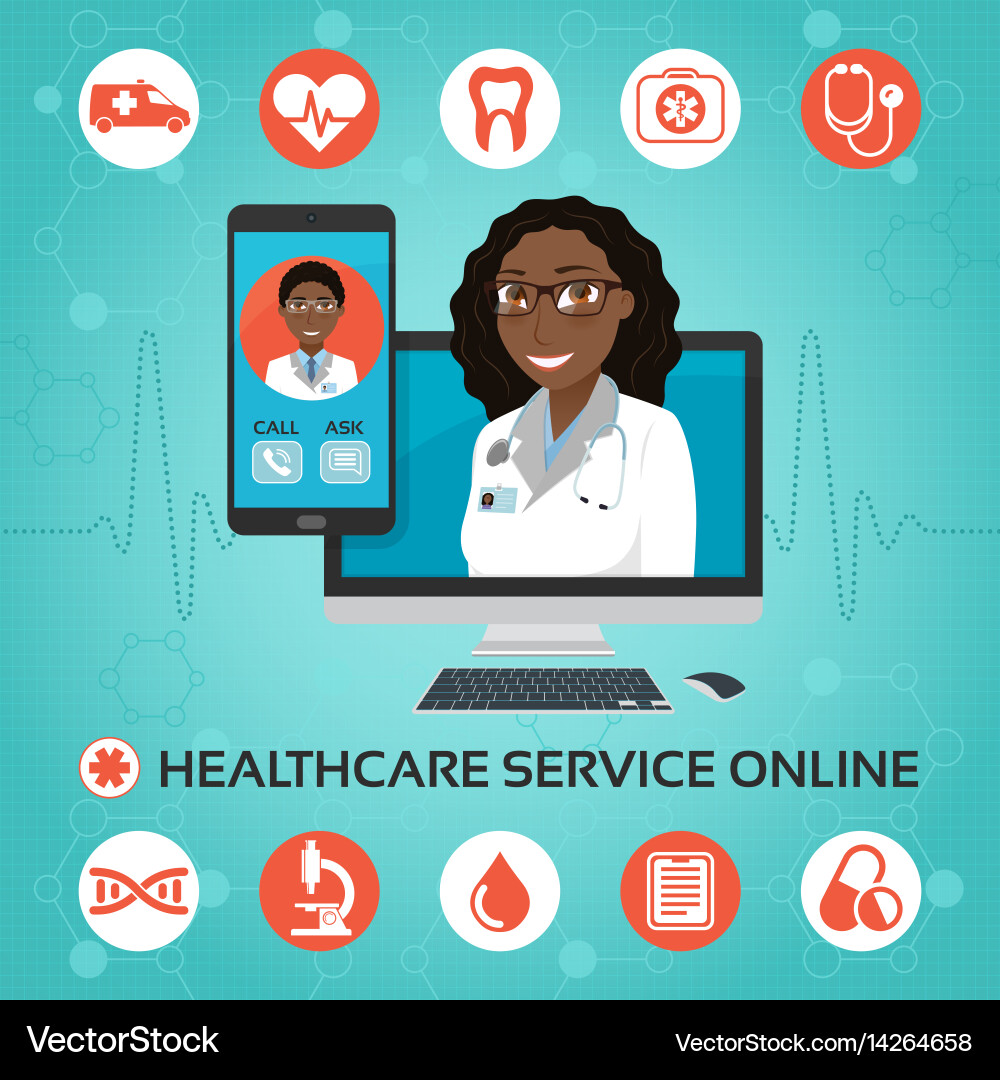Comprehending the Price Savings of Subscription Based Healthcare for Families
Comprehending the Price Savings of Subscription Based Healthcare for Families
Blog Article
The Surge of Subscription-Based Medical Care and Its Effect On Person Treatment
As healthcare develops, the subscription-based design is gaining traction, guaranteeing to reinvent individual care by providing predictability and ease of access. These models, which bypass typical insurance, might redefine the patient-doctor dynamic, highlighting preventive and personalized care. As with any development, they present difficulties, specifically concerning fair gain access to for all socioeconomic teams. The possibility for these designs to improve healthcare delivery elevates pushing inquiries concerning their lasting sustainability and inclusivity. Are these registration services the future of health care, or do they take the chance of leaving prone populations behind? The ins and outs of this change warrant a more detailed assessment.
Comprehending Registration Healthcare Models
Grasping the principle of membership healthcare models includes checking out a transformative approach to clinical solutions that highlights affordability and accessibility. These models, commonly referred to as direct health care (DPC) or concierge medication, have actually become innovative alternatives to traditional fee-for-service health care systems. Membership health care permits patients to pay a set regular monthly or yearly cost for a defined set of clinical solutions, which may include unlimited workplace check outs, routine exams, and fundamental laboratory examinations, without the requirement for standard insurance invoicing.
The framework of membership healthcare designs is created to improve individual treatment by removing third-party payers and complex payment codes, thereby lowering administrative concerns. Doctor can concentrate more on person treatment, cultivating more powerful patient-provider partnerships. This design also advertises preventative care by encouraging normal brows through, as the financial barrier of per-visit costs is gotten rid of.
The membership version usually encourages doctor to take care of smaller individual panels, enabling for even more personalized care. It lines up economic motivations with patient health outcomes, as suppliers are inspired to preserve individual complete satisfaction and health. Overall, recognizing subscription healthcare designs calls for identifying their potential to improve how care is delivered and accessed.
Advantages for Providers and patients

With a stable income stream, medical care experts can devote even more time to each client, leading to an extra comprehensive and personalized treatment experience. The focus on precautionary treatment within subscription strategies can lead to far better individual outcomes and minimized long-term medical care costs.
Concerns and challenges
While subscription-based health care designs present various advantages, they likewise come with a set of obstacles and problems that have to be resolved. This increases honest concerns regarding equitable access to healthcare services.
Financial sustainability of subscription-based versions is another problem. Service providers should balance the set revenue from memberships with the variable expenses of health care services, which might change because of unforeseen medical demands. This can create stress to restrict solutions or increase charges, potentially impacting person complete satisfaction and care quality.
Furthermore, governing oversight of subscription-based healthcare versions is still advancing. The lack of standard frameworks can result in irregular service quality and responsibility, complicating efforts to make sure patient protection. The combination of modern technology-- often a cornerstone of these models-- increases questions regarding data privacy and safety and security, as sensitive client information can be susceptible to breaches. Dealing with these challenges is important for the successful and equitable implementation of subscription-based medical care.
Effect On Patient-Doctor Relationships
One considerable influence of subscription-based healthcare models on patient-doctor relationships is the potential for improved continuity and individualized care. By embracing a registration model, physicians can handle this contact form a smaller person panel, enabling more committed time with each person. This increased schedule cultivates a much deeper understanding of a person's clinical history, way of life, and preferences, allowing extra customized treatment strategies and treatments.

However, it is very important to acknowledge that while subscription-based designs may benefit those who can afford them, they could accidentally broaden health care disparities. Clients that are incapable to join these versions might experience reduced accessibility to personalized treatment, potentially impacting their relationships with doctor. Thus, while the subscription design offers promising advantages for patient-doctor partnerships, it likewise presents challenges that require to be resolved to guarantee fair health care accessibility.
Future of Medical Care Access

The duty of modern technology can not be forgotten in this transformation. Telemedicine platforms and electronic health records help with seamless communication between clients and health care providers, breaking down geographical and logistical obstacles. In addition, advancements in synthetic intelligence and information analytics can additionally individualize treatment by anticipating individual requirements and enhancing treatment plans.
However, the future of healthcare access also presents obstacles, such as making sure equity throughout different socio-economic groups. Policymakers and doctor must collaborate to link the electronic divide, making certain that subscription-based versions stay cost effective and comprehensive. As these systems develop, they hold the promise of making medical care extra obtainable, effective, and patient-centric.
Final Thought
Subscription-based medical care designs are reshaping patient treatment by providing a stable price framework and improving access. These models enhance patient-provider partnerships through customized treatment and normal visits, highlighting preventative wellness. Despite these advantages, obstacles such as ease of access concerns for low-income populaces and the need for equitable healthcare solutions continue. The increase of subscription-based healthcare urges positive person engagement, which has the prospective to boost patient outcomes and complete satisfaction, signifying a transformative change in healthcare shipment.
As healthcare evolves, the subscription-based design is obtaining traction, promising to transform person care by providing predictability and ease of access.Subscription-based medical care models offer distinctive benefits for both suppliers and individuals, improving the total health care experience.As medical care systems progress, the future of health care accessibility frequently hinges on the assimilation of cutting-edge versions and innovations.Subscription-based healthcare models are improving individual care by offering a stable price structure and boosting accessibility. The rise of subscription-based medical care motivates positive client engagement, website here which has the possible to improve patient end results and fulfillment, signaling a transformative change in health care distribution.
Report this page